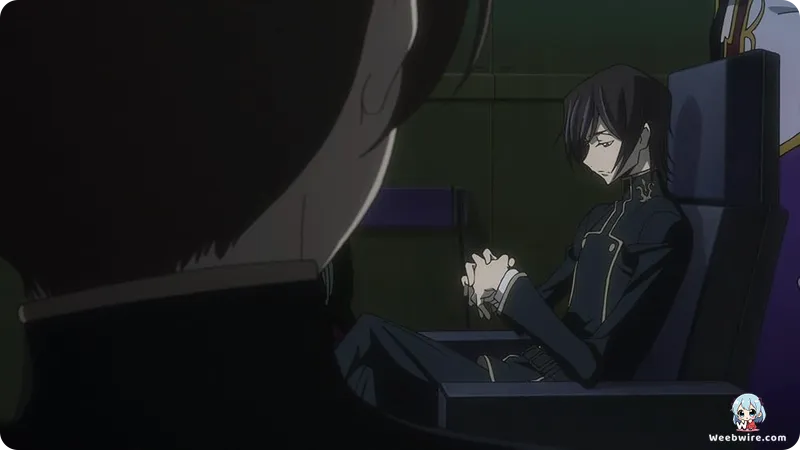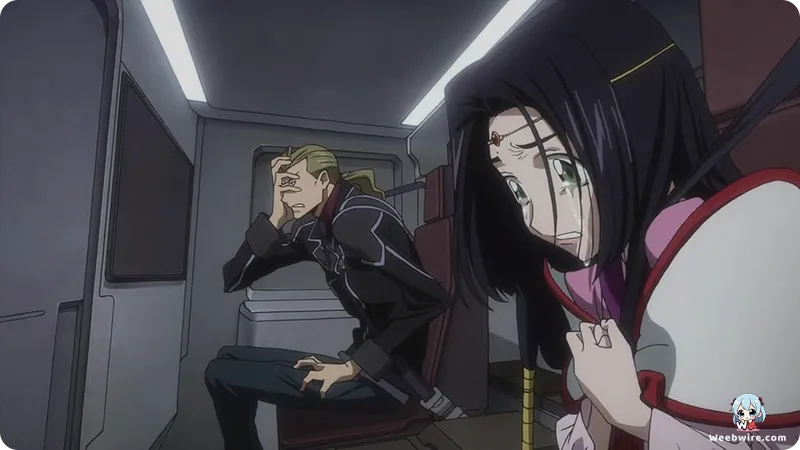Code Geass Film Trilogy Forges New Path: "Transgression" Rewrites Destiny in Alternate Universe

For many years, the intricate universe of Code Geass has captivated audiences with its compelling story of rebellion, conflict, and profound moral quandaries. While the original television series remains a definitive experience, the compilation film trilogy, particularly its dynamic second installment, "Code Geass: Lelouch of the Rebellion II - Transgression," invites fans into an intriguing alternate continuity. Released in 2018, "Transgression" is much more than a simple re-edit of the TV series' second arc; it stands as a meticulously crafted reimagining, strategically preparing the ground for a completely new future within the cherished franchise.
A Pivotal Narrative Shift
At the core of "Code Geass: Lelouch of the Rebellion II - Transgression" lies a significant narrative divergence that fundamentally reshapes the established universe. The most discussed and impactful alteration centers on the destiny of Shirley Fenette. In the original television series, Shirley met a tragic end, a casualty of Rolo Lamperouge's Geass. However, in "Transgression," her demise is entirely prevented. This single, crucial change sends powerful ripples throughout the narrative, dramatically shifting character dynamics and removing a major emotional catalyst that profoundly influenced Lelouch's actions in the original timeline. For devoted fans who mourned Shirley's original fate, her survival in this new continuity offered a surprising and deeply welcomed development, signaling the filmmakers' bold intention to explore fresh narrative possibilities within the iconic Code Geass universe.

Strategic Vision and Production Excellence
This decision to alter a character's destiny was not a mere whim; it was a deliberate and strategic move by the creative powerhouse at Studio Sunrise, under the guiding vision of original director Gorō Taniguchi and writer Ichirō Ōkouchi. These foundational changes within the compilation films were essential to lay the groundwork for the highly anticipated sequel film, "Code Geass: Lelouch of the Re;surrection." Far from being a simple recap, these films served as a masterful soft reboot, a strategic narrative choice designed to expand the franchise beyond its original, seemingly definitive conclusion. This behind-the-scenes insight illuminates the careful planning and foresight involved in revitalizing a cherished series and offering fans an exhilarating new perspective.
Furthermore, "Transgression" and its companion films represent a significant undertaking beyond mere re-packaging. A substantial portion of the dialogue was meticulously re-recorded by the original voice cast, ensuring authenticity while adapting to the new narrative direction. Additionally, new animation sequences were seamlessly integrated to bridge narrative gaps, heighten crucial moments, or subtly refine character expressions, all to better serve the revised storyline. This unwavering commitment to detail means that even familiar scenes often reveal new nuances or emotional inflections, transforming a rewatch into a highly rewarding experience for the most observant fans. The voice actors themselves embraced the unique challenge of revisiting their iconic roles, imbuing them with the same spirit while expertly adapting to the subtle shifts in their characters' trajectories within this compelling new continuity.
Masterful Pacing and Enduring Impact
Another fascinating aspect is the film's expertly managed pacing. By condensing approximately 25 episodes into a feature-length cinematic experience, "Transgression" necessarily streamlines certain plot points and character arcs. While some minor subplots are thoughtfully omitted, the film masterfully retains the core emotional intensity and strategic brilliance that are hallmarks of Code Geass. This selective editing underscores what the creators deemed most essential to the revised narrative, delivering a more focused, albeit distinct, viewing experience. It stands as a testament to the enduring strength of the original storytelling that it could be re-contextualized in such a manner while preserving its profound dramatic impact.
For those who have only experienced the original TV series, discovering these significant deviations in "Code Geass: Lelouch of the Rebellion II - Transgression" promises to be an eye-opening revelation. It elevates the compilation films from mere summaries to essential viewing for anyone eager to delve deeper into the broader Code Geass saga and its expanded universe. The film serves as a critical narrative bridge, powerfully demonstrating how a beloved story can be revisited and reshaped to tell new tales, all while maintaining the core essence of its characters and timeless themes. It's a compelling case study in the dynamic evolution of a successful anime franchise, offering fans not just a nostalgic journey, but an exhilarating expedition into unexplored narrative territories, proving that even a well-known story can still hold surprising new secrets and possibilities.
Credits
Code Geass: Lelouch of the Rebellion II - Transgression
Author
Gorō Taniguchi (Original Concept), Ichirō Ōkouchi (Original Story)
Cover Art
Takahiro Kimura
Studio
Sunrise
Publisher
Bandai Visual
Producers





